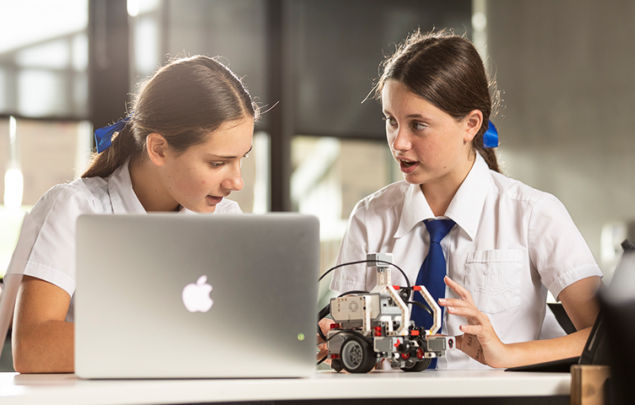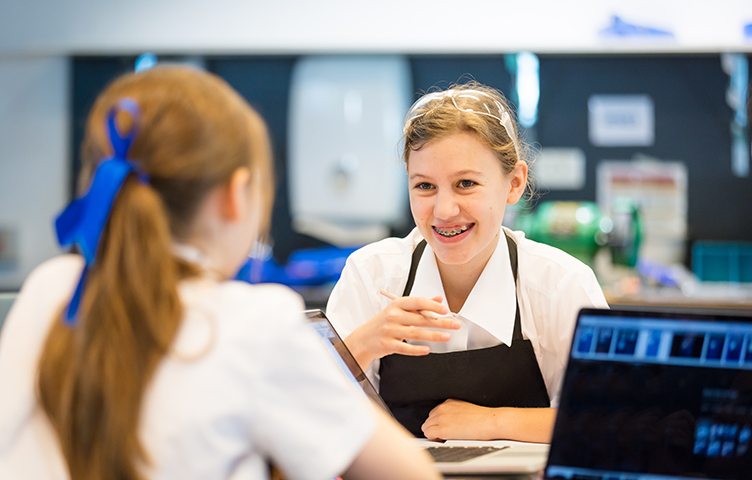Design
This subject applies design thinking to envisage creative products, services and environments in response to human needs, wants and opportunities. Designing is a complex and sophisticated form of problem solving that uses divergent and convergent thinking strategies. Designers are separated from the constraints of production processes to allow them to appreciate and exploit new and innovative ideas.
Students are introduced to the concepts of design in practice, commercial design, human-centred design and sustainable design. The subject provides a firm foundation for students interested in the fields of architecture, digital media design, fashion design, graphic design, product design, interior design and landscape architecture.
Digital Solutions
In Digital Solutions, students learn about algorithms, computer languages and the design of user interfaces as they generate digital solutions to contemporary problems. Girls gain an understanding of the personal, local and global impact of computing, and the issues associated with the ethical integration of technology into our daily lives, while also understanding the need to encrypt and protect data.
Throughout the course, students develop skills to design and create data-driven web and mobile applications. They engage with data, information and applications to create digital solutions, using HTML, CSS, JavaScript and MySQL, among others.




